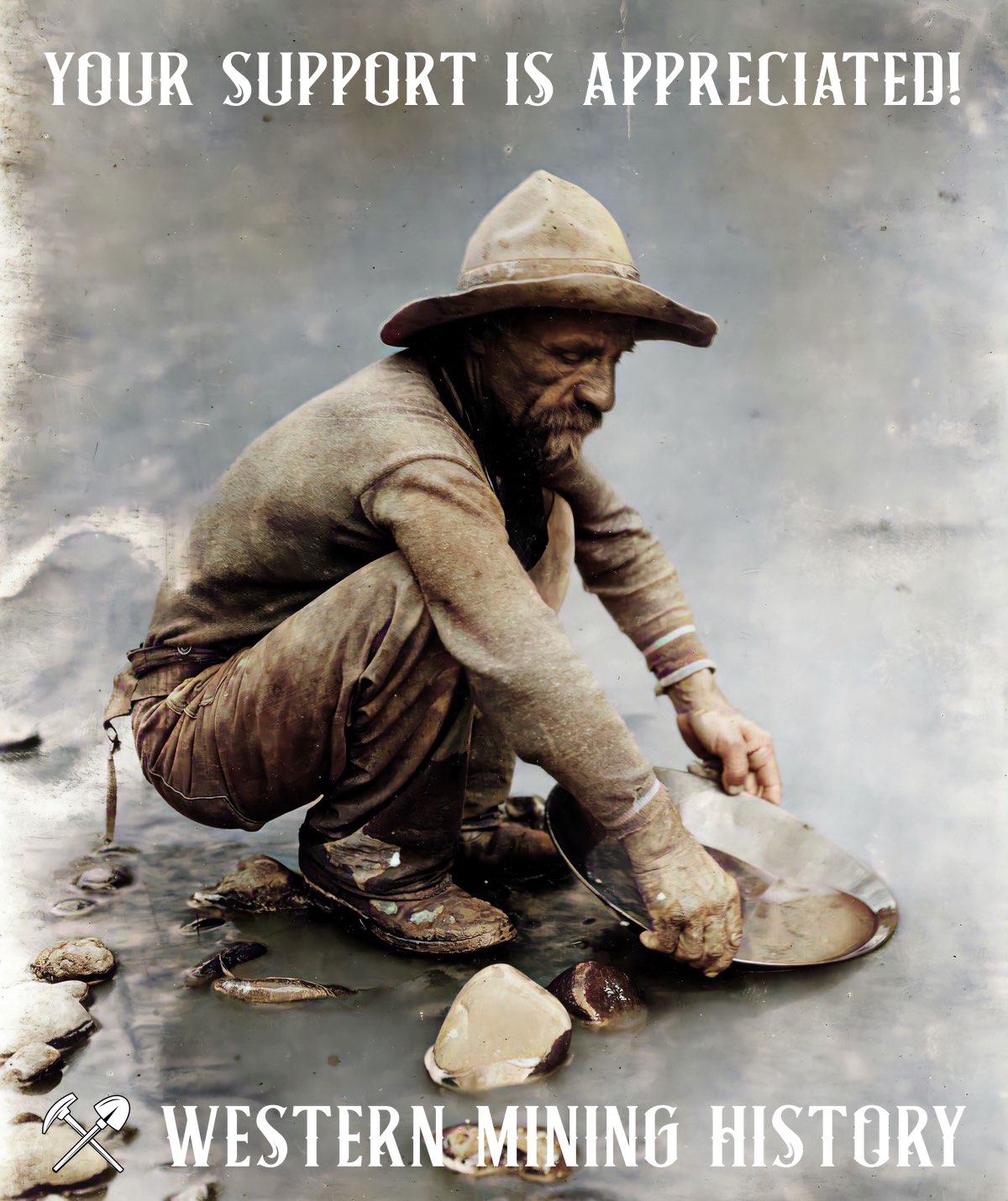This is a members-only article. Click here for information on memberships at Western Mining History.
Already a member? Sign in to your account.

This is a members-only article. Click here for information on memberships at Western Mining History.
Already a member? Sign in to your account.
